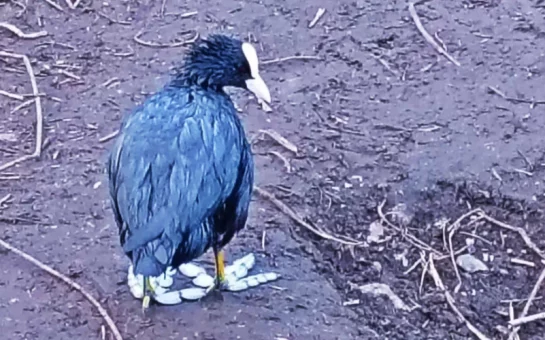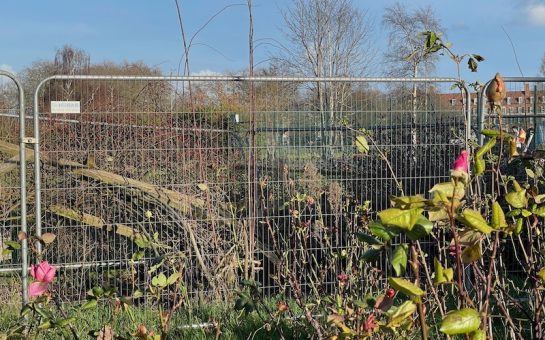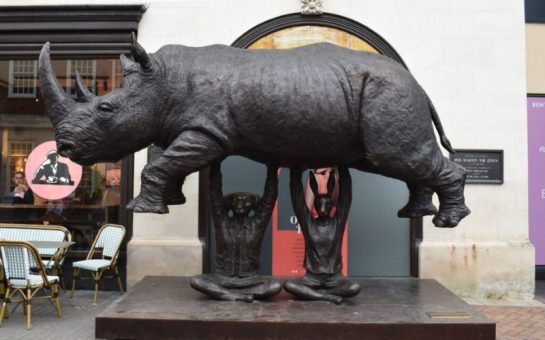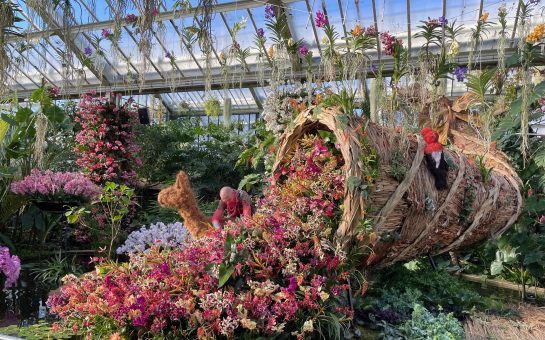By Rebecca Cook
August 29 2020, 14.00
Follow @SW_Londoner
A conservationist survey will track urban wildlife in autumn for the first time after record breaking numbers participated in a spring survey.
The People’s Trust for Endangered Species is asking Londoners to take part in its inaugural Living with Mammals autumn study, following the unprecedented popularity of their survey during lockdown.
David Wembridge, the PTES mammal surveys coordinator, explained, “By taking part again this autumn, we can gain a unique insight into the lives of our wild neighbours and for the first time see which species are seen most – and least – between August and November.”
The charity wants to encourage those who turned to wildlife and green spaces for solace this year to continue to do so, particularly given the valuable effect it has on our mental health.
What are our wild neighbours up to after lockdown? 🐇🦌🐭 If you're able to enjoy heading outdoors again, will you stop to take notice of nature?
— People's Trust for Endangered Species (@PTES) August 27, 2020
Join in with our mammal monitoring survey #LivingWithMammals as it returns this autumn! https://t.co/d6ojGeEvN7
📸Ann De Winter pic.twitter.com/zY1yl4mnMk
The survey will run from Monday 31st August to Sunday 29th November, with volunteers asked to keep an eye out for wild mammals in their garden or in local parks and record what they spot.
Of the 10,000 mammal records submitted this spring, the most prevalent species were hedgehogs, squirrels (grey and red), foxes, bats and badgers.
Mr Wembridge stressed the varied species populations registered over the survey’s 18 year history: while grey squirrel sightings have dropped in recent years, badgers are reportedly thriving.
There’s strong evidence rabbit numbers have decreased by two thirds in the past two decades, but the marked decline is chiefly in the wider rural landscape. This suggests rabbits might benefit from gardens and urban areas as opposed to the pressures of the agricultural landscape.
A sharp decline in hedgehog numbers ten years ago has since levelled off, suggesting small acts of conservation and growing community awareness can have an enormous impact on population numbers.
Mr Wembridge said, “Although urban environments are busy, they do have a mosaic of different habitats: gardens, green spaces, derelict sites, old railway embankments.”
There are around 55 terrestrial wild mammals in Britain. A survey PTES ran with The Mammal Society recorded 40 different species, demonstrating the huge proportion living in urban areas.
Next year PTES is hoping to run the survey all year round.
To take part in the 2020 autumn survey visit www.ptes.org/LwM. Sightings can be shared on social media through #LivingWithMammals.
Featured image caption: Stop Badgering Me. Credit: Michal Ninger/Shutterstock




